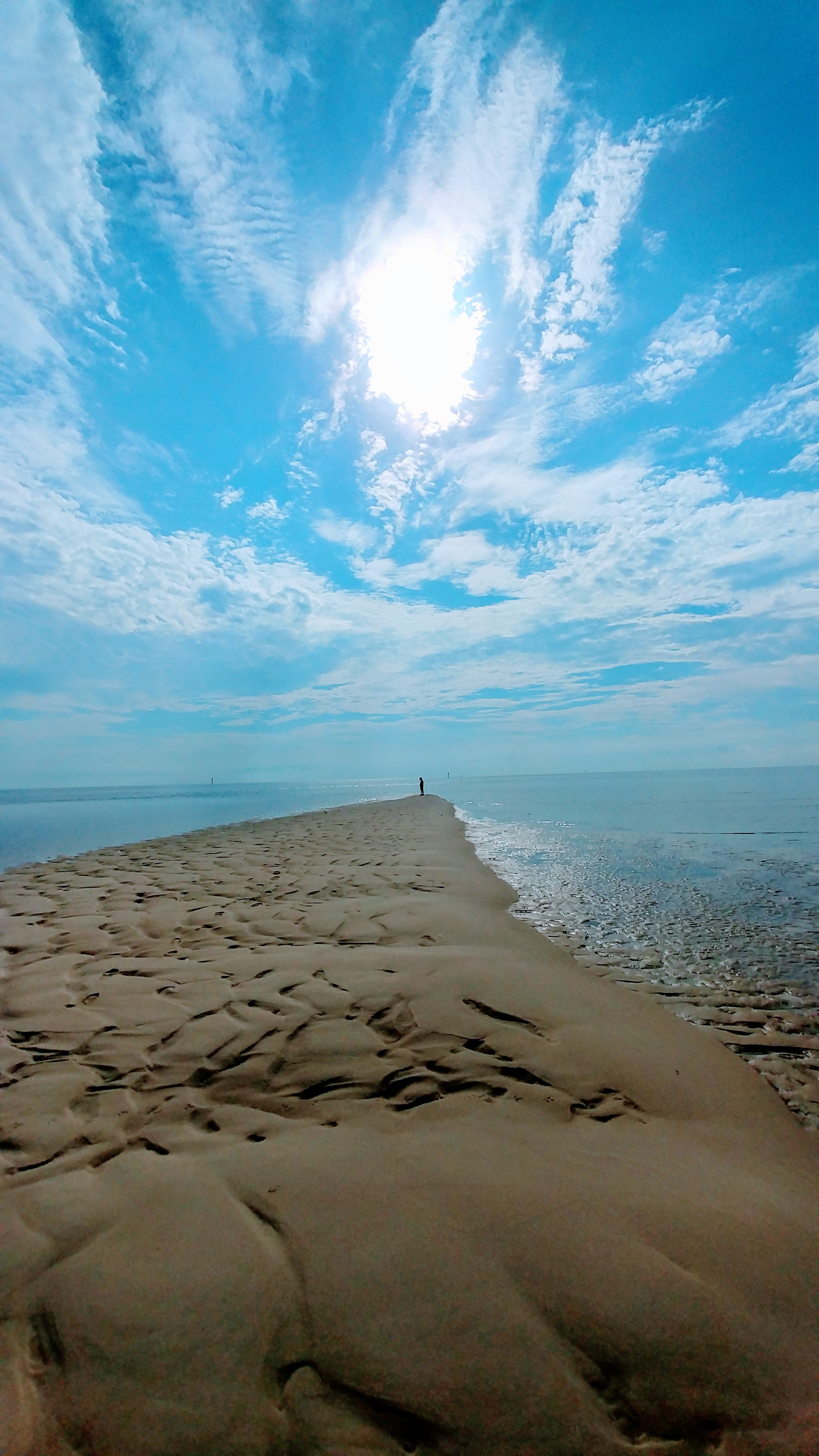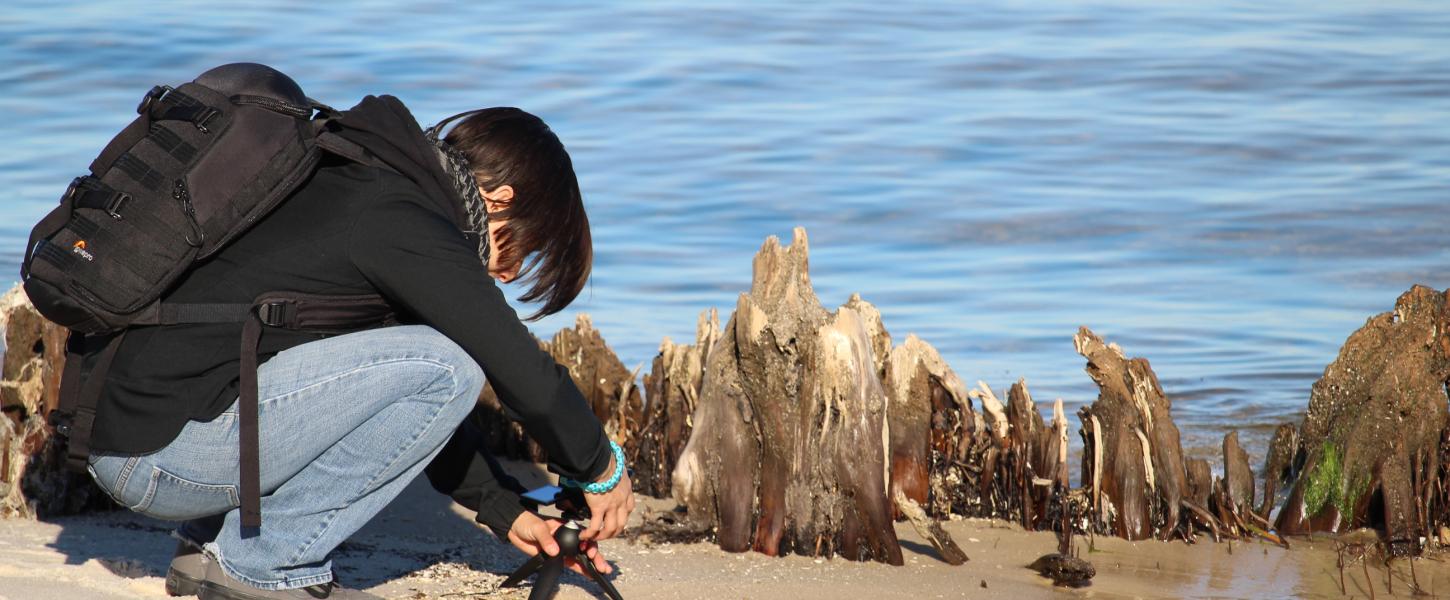
Natural & Archaeological Features of Bald Point

The waters of Ochlockonee and Apalachee Bay are considered outstanding natural features. The position of Bald Point State Park at the mouth of the Ochlockonee River creates estuarine conditions that support extensive oyster reefs, tidal marshes and a very abundant, diverse natural system popular for fishing and boating.
The park’s tidal creeks and flatwoods lakes also make a significant contribution to the diversity of the park. Of particular note is the Chaires Creek/Tucker Lake system that allows exploration of the park interior by water.
Humans settled the Ochlockonee Bay area thousands of years before Europeans, as evidenced by an abundance of archaeological sites along its shores. Shell middens and ceremonial mounds dot the shoreline of the bay.
In the late 19th and early 20th centuries, seine yards were established on these coastal waters, one of which was located near Bald Point. Numerous archaeological sites have been located at the park and it is suspected that many more exist but have to be documented. The presence of significant cultural resources requires care in the siting and development of park facilities.

Park lands have been shaped in varying degrees by turpentine operations, logging, wildfire, hunting, fishing, military exercises and preparation for residential development.
In the early 1900s, pitch was harvested from pines to make turpentine. Many “cat-faced” pines are still visible at the park. Inland and nearshore waters have supported commercial fishing for mullet and blue crab.
In the 1920s and 1930s, Sunday Reel was a popular spot for using seine nets to catch black mullet.
During World War II, soldiers from Camp Gordon Johnson near Carrabelle practiced beach training here.
Sometime between 1953 and 1969, a canal was dredged to provide a permanent connection between Chaires Creek and Tucker Lake. Prior to the canal being constructed the lake would only have received input from the creek system at extreme high tide events.